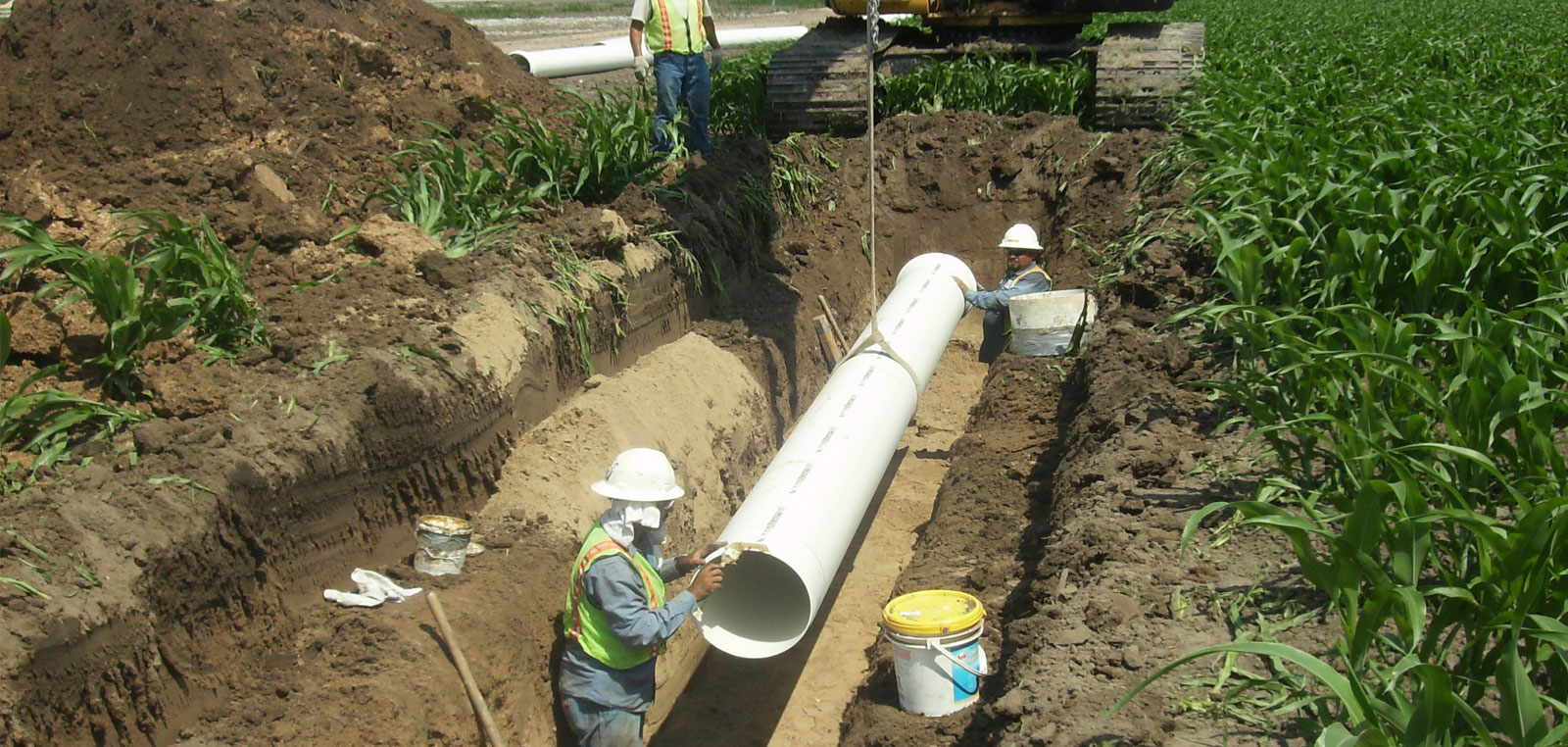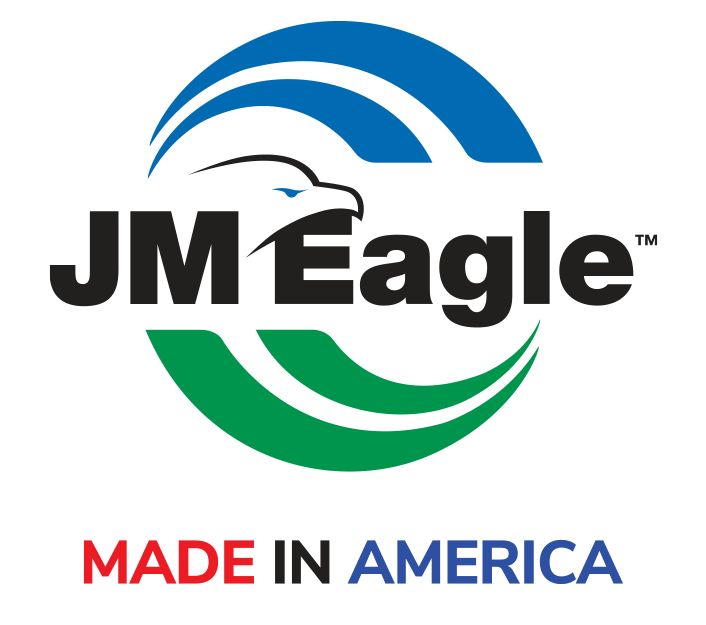
Summary And Analysis Of The Water Infrastructure Improvement Act
Over the last several decades, cities and other municipal entities (such as water reclamation districts) that own and operate wastewater treatment plants and sewer systems have been subjected to additional and increasingly stringent regulatory requirements under the Clean Water Act (CWA).
These requirements emanate from several distinct CWA programs, including those that address control of nutrients and other discharges from municipal treatment plants (also called publicly owned treatment works, or POTWs); systems that combine domestic effluents and stormwater (which give rise to combined sewer overflows, or CSOs); municipal separate storm sewer systems (MS4s); wasteload allocations in total maximum daily loads (TMDLs); and other CWA requirements. Each of these requirements is imposed independently, but the combined impact on the municipal operations, and on the financial status of the community and its residents, can be enormous.
To address these municipal concerns, EPA, in 2012, adopted a policy that allows municipalities to do an “integrated plan” or an IP. In an IP, the municipality can assess all of the CWA requirements that apply to its operations and prioritize them in a manner that seeks to maximize the environmental benefit from using the available resources. Several communities (including Lima, Ohio; Springfield, Massachusetts; and Evansville, Indiana) have used the IP process and have found that it can help them reduce their economic burdens while better protecting water quality.
Read more here: https://bit.ly/2OkNlGx
